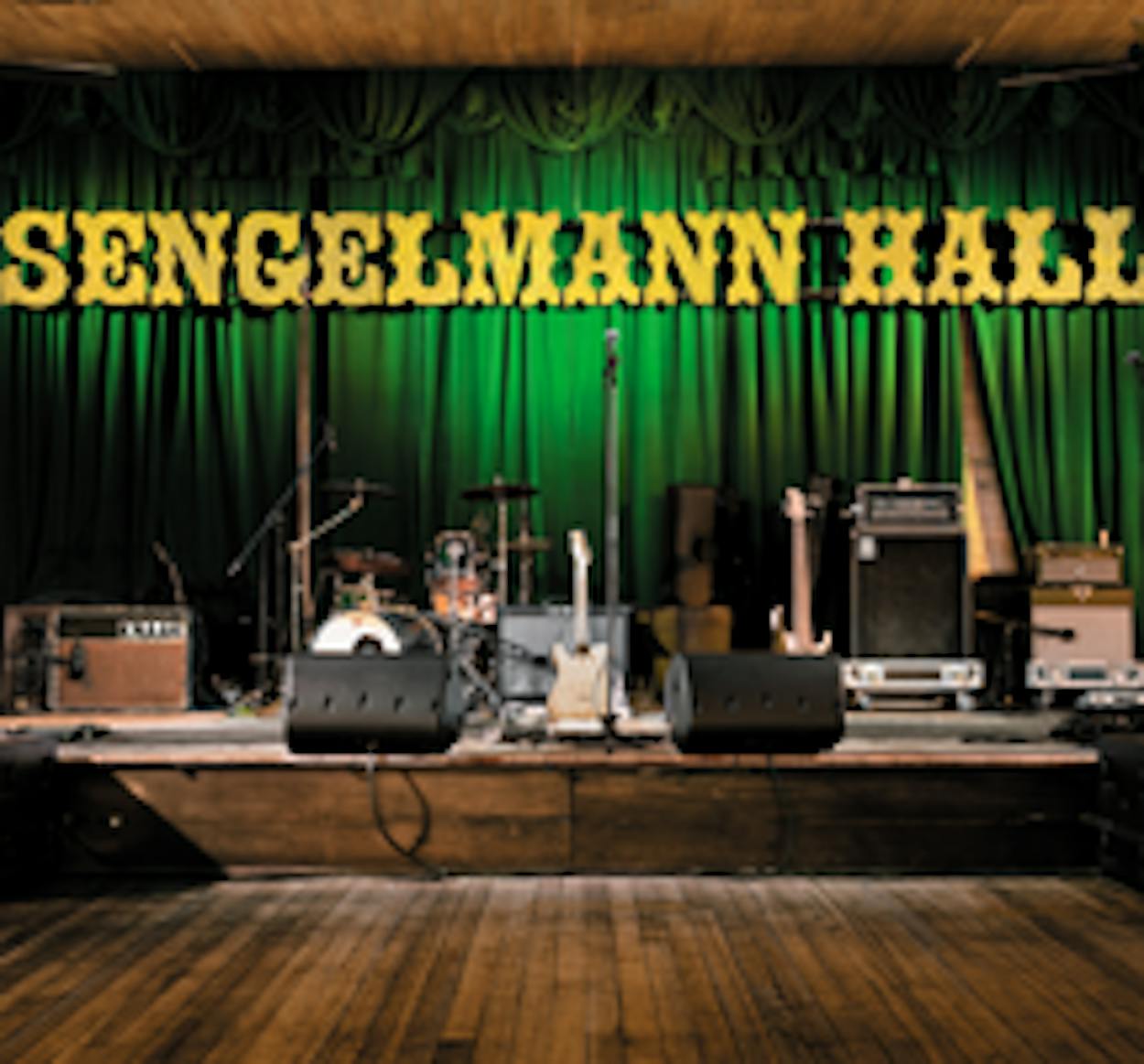Two storied Texas dance halls made news in recent weeks that received scant notice outside the small farming communities that house them. To apply the old good news/bad news saw to the two items would be flip; heart-warming and heart-breaking would be truer to the point.
First with the tragic. In the early morning hours of Sunday, October 24, Club 21 in the tiny Central Texas town of Uhland (population 445) burned to the ground after a freak accident. Drivers of two vehicles had apparently been racing down nearby Texas Highway 21 when both lost control and headed toward the hall. One wound up in a field out back, but the other crashed into a wall near the kitchen, striking electrical and gas lines and starting the blaze. The great arched wooden trusses and long-planked two-stepping floor that had survived such disparate and destructive threats as Texas weather, Prohibition, and rock and roll music since its construction in 1921, went up like a box of matches. So to went the front bar area, which dated to 1893. In short time, nothing was left standing but a historical marker.
On the happier side, one week later the National Trust for Historic Preservation bestowed its Preservation Honor Award on the restoration of Sengelmann Hall in Schulenburg. Built in 1894 by brothers Gustav and Charles Sengelmann, the ornate brick hall had been shut since the forties until Houston artist Dana Roy Harper undertook restoration efforts in 2007. As described in TEXAS MONTHLY’s December 2009 article “Step Right Up,” he labored to save all the original elements that were still in place—the dance floor, pressed-tin ceilings, and carved granite pillars—and replicate those that had gone missing, like the old downstairs bar and mammoth front doors. In a press release, National Trust president Stephanie Meeks said Harper had made the old building “as magnificent today as she was on the day the Sengelmann brothers opened her … an example of how preservation can restore vitality, hope and pride to a community.” But to get an idea of how significant the National Trust considers Harper’s work to have been, consider that among the other winners of this year’s award was the recently renovated lobby of the Empire State Building.
Both bits of news point to the growing urgency of the efforts of Texas Dance Hall Preservation, a Houston nonprofit that has made saving these old community centers its mission. TDHP president Patrick Sparks, a structural engineer, was actually honored along with Harper for his input on the Sengelmann redo. And he was one of the first non-Uhlanders to visit the ashes of Club 21. With the other engineers and architects associated with TDHP, he volunteers his time and expertise to the dance hall cause, getting grants to conduct engineering studies of the buildings, along with advising the owners on potential tax breaks for historical structures, better ways to advertise their dances, and in light of recent events, the ins and outs of getting good fire insurance. (Club 21 didn’t have any.)
But the three-year-old organization is young and underfunded. Its website, texasdancehall.org, offers memberships and accepts donations, but the most effective function to date is providing a calendar for two-steppers to find out which halls around the state are scheduling dances and when. “The best way to save these places is to go dance in them,” explains Sparks.
Follow his lead. Visit the website and make a donation. Or at least plan an outing for your family. Scoot across one of the state’s historic, century-old dance floors. And between songs, step outside and pour a little Lone Star onto the ground in memory of Club 21.









